In the dynamic world of video production, understanding the terminology is key to unleashing your creative potential and effectively communicating with your team. From pre-production to post-production, the industry comes with a language of its own. In this comprehensive guide, we’ll demystify the common video production terms that every beginner should know, ensuring you’re equipped to navigate the exciting journey of visual storytelling.
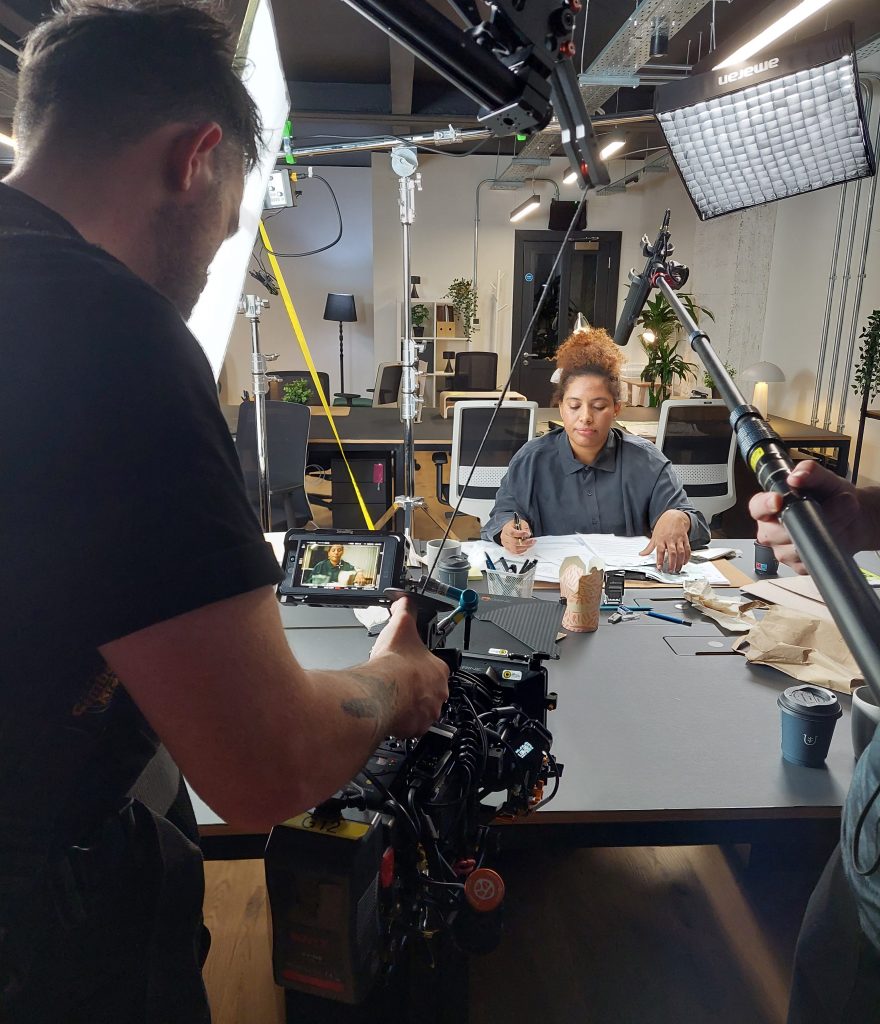
Lucky Beard Video Production
Video Production Glossary for Beginners: Demystifying the Language of Visual Storytelling
1. Aspect Ratio
The proportion of an image’s width to its height. Common ratios include 16:9 (widescreen) and 4:3 (standard). Choose the right aspect ratio to suit your project’s style and target platform.
2. B-Roll
Additional footage is used to enhance the main narrative. B-roll can include shots of locations, people, or objects related to the story, adding depth and context to the final video.
3. Cinematography
The art of capturing moving images. Cinematography involves framing, camera movement, lighting, and composition to convey emotions and enhance storytelling.
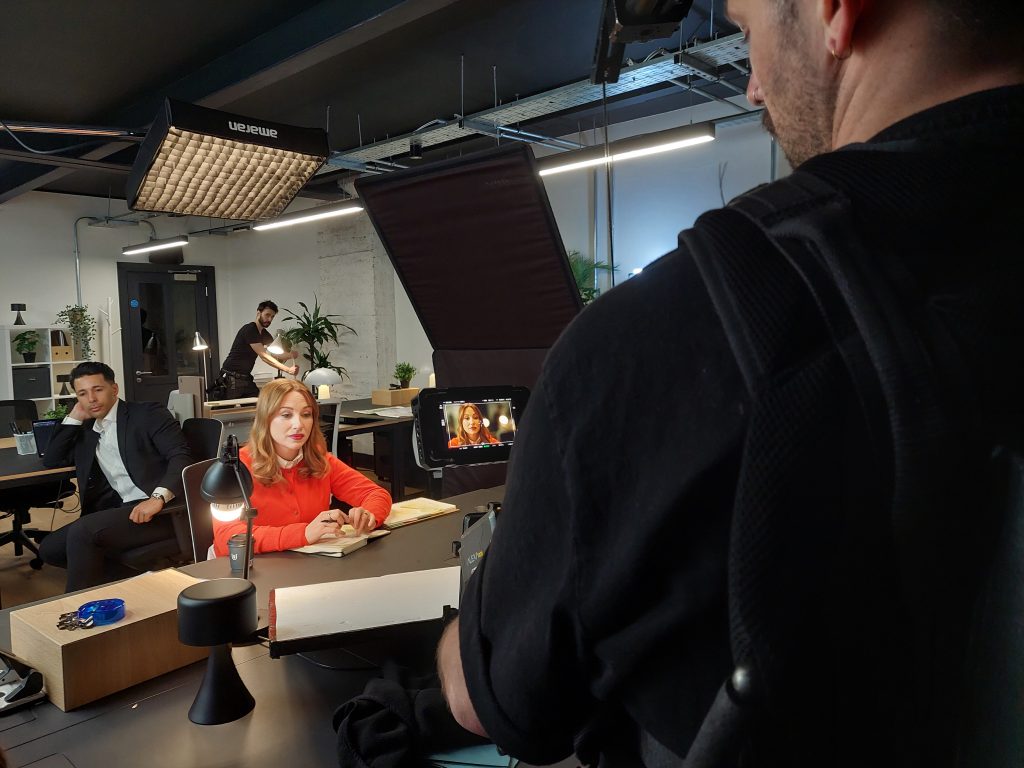
Lucky Beard Video Production
4. Depth of Field
The range of distance in a shot that remains in focus. A shallow depth of field blurs the background, drawing attention to the subject, while a deep depth of field keeps more of the scene in focus.
5. Editing
The process of selecting, arranging, and manipulating video footage to create a cohesive story. Editing involves cutting, rearranging, adding effects, and refining the visual and auditory elements.
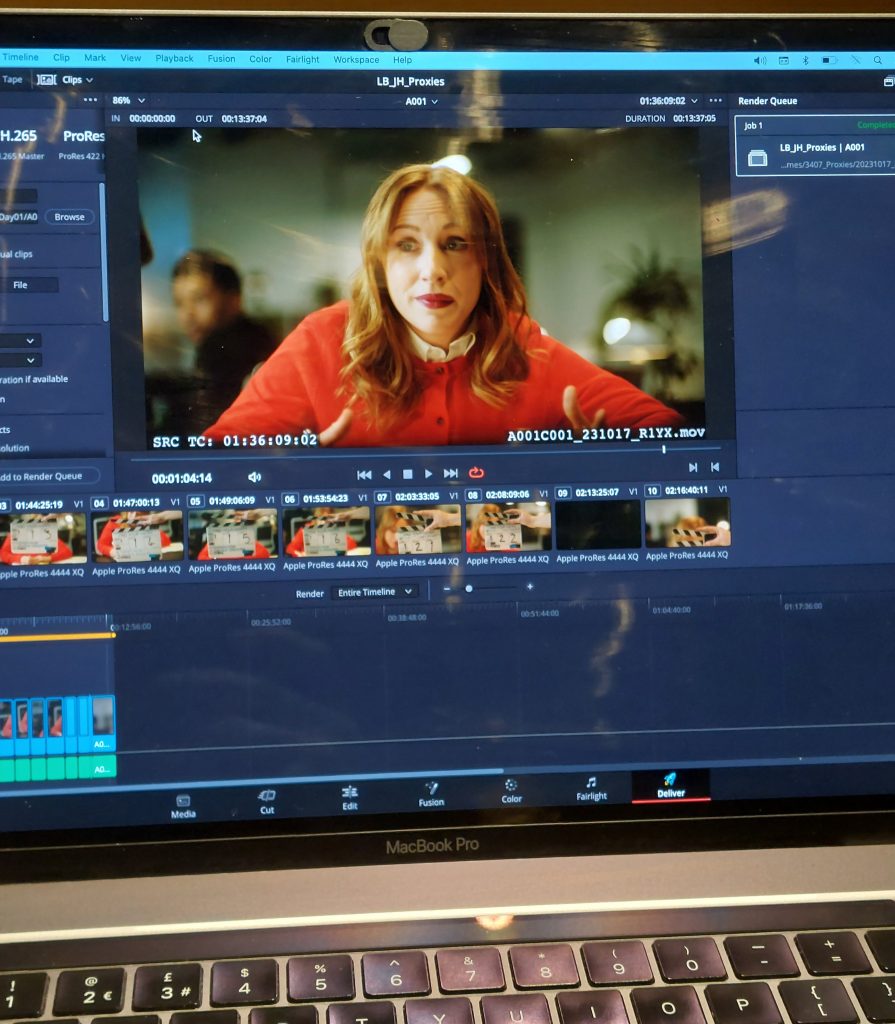
6. Frame Rate
The number of frames displayed per second (fps) in a video. Common frame rates include 24fps (cinematic), 30fps (standard), and 60fps (smooth motion). Frame rate impacts the video’s look and feel.
7. Green Screen
A technique where actors are filmed in front of a green or blue background that is later replaced with a different background during post-production using chroma-key technology.
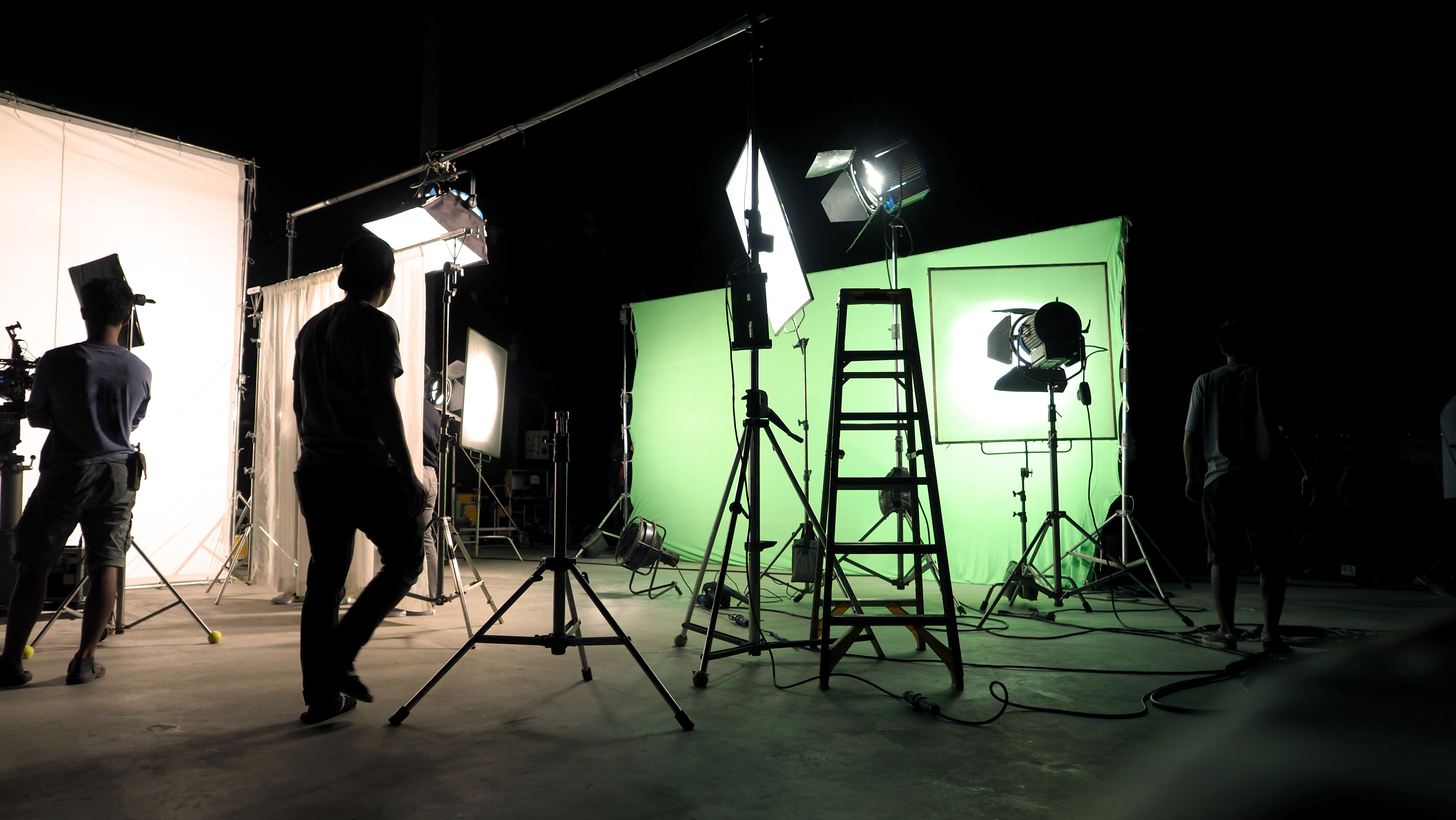
8. Montage
A sequence of short shots edited together to condense time, convey information, or evoke emotions. Montages are commonly used to show the passage of time or the completion of a task.
9. Pan
A horizontal camera movement from a fixed position. Panning helps reveal a scene gradually and can emphasise elements within it.
10. Render
The process of generating the final video file after editing. During rendering, the video editing software processes all the effects, transitions, and adjustments to produce the end result.
11. Storyboard
A visual representation of the story, scene by scene. Storyboards help plan the shots, camera angles, and transitions, ensuring a smooth shooting and editing process.
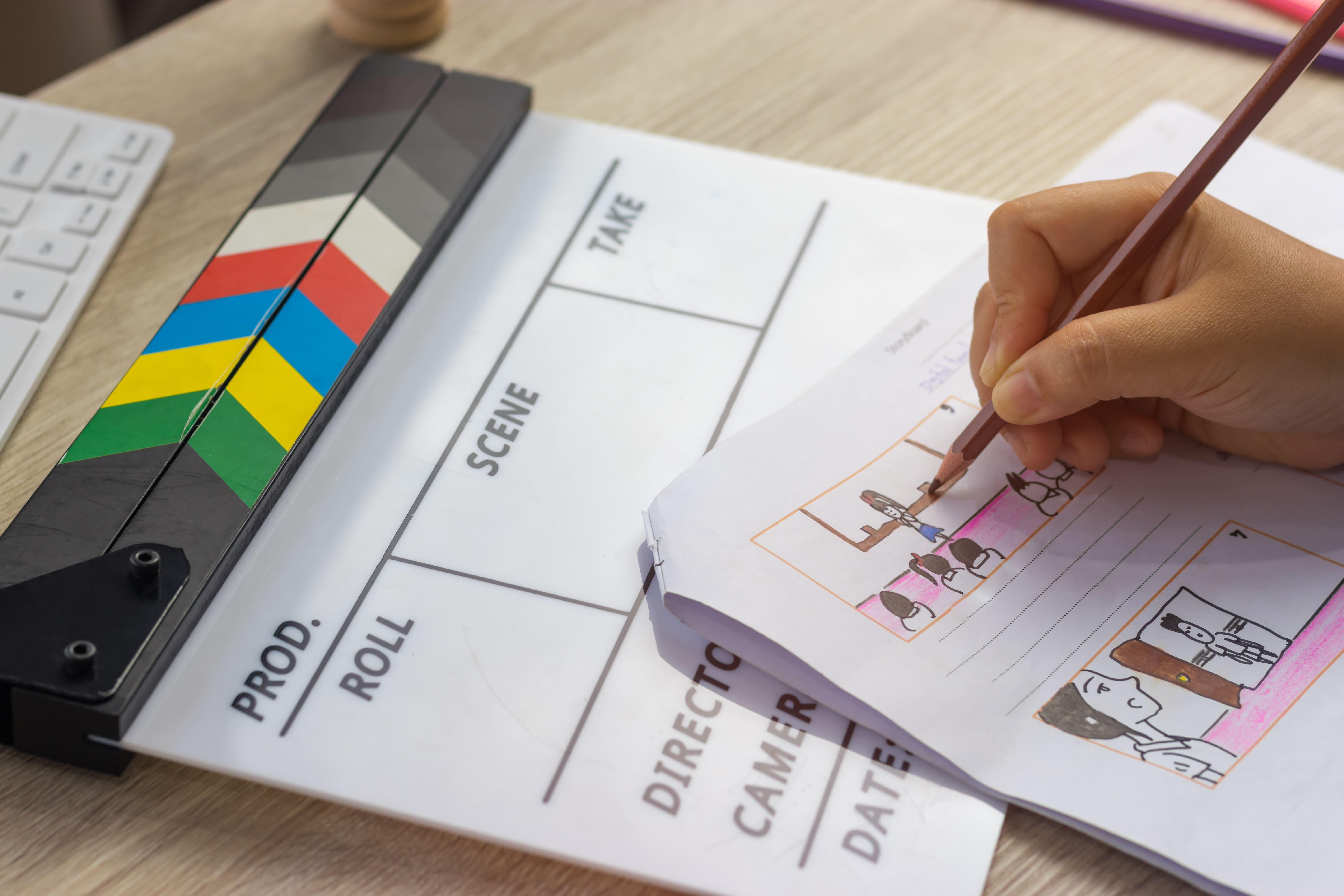
12. Tracking Shot
A shot in which the camera moves smoothly alongside or behind the subject, creating a dynamic and immersive visual experience.
13. Voiceover (VO)
Narration added to a video in post-production. A voiceover can provide information, context, or emotional depth to the visuals.
14. White Balance
Adjusting the colours in a video to accurately represent white under different lighting conditions. Proper white balance ensures natural-looking colours in your footage.
15. Zoom
Adjusting the focal length of a zoom lens to make the subject appear closer or farther away. Zooming can be a creative tool to change perspective or draw attention.
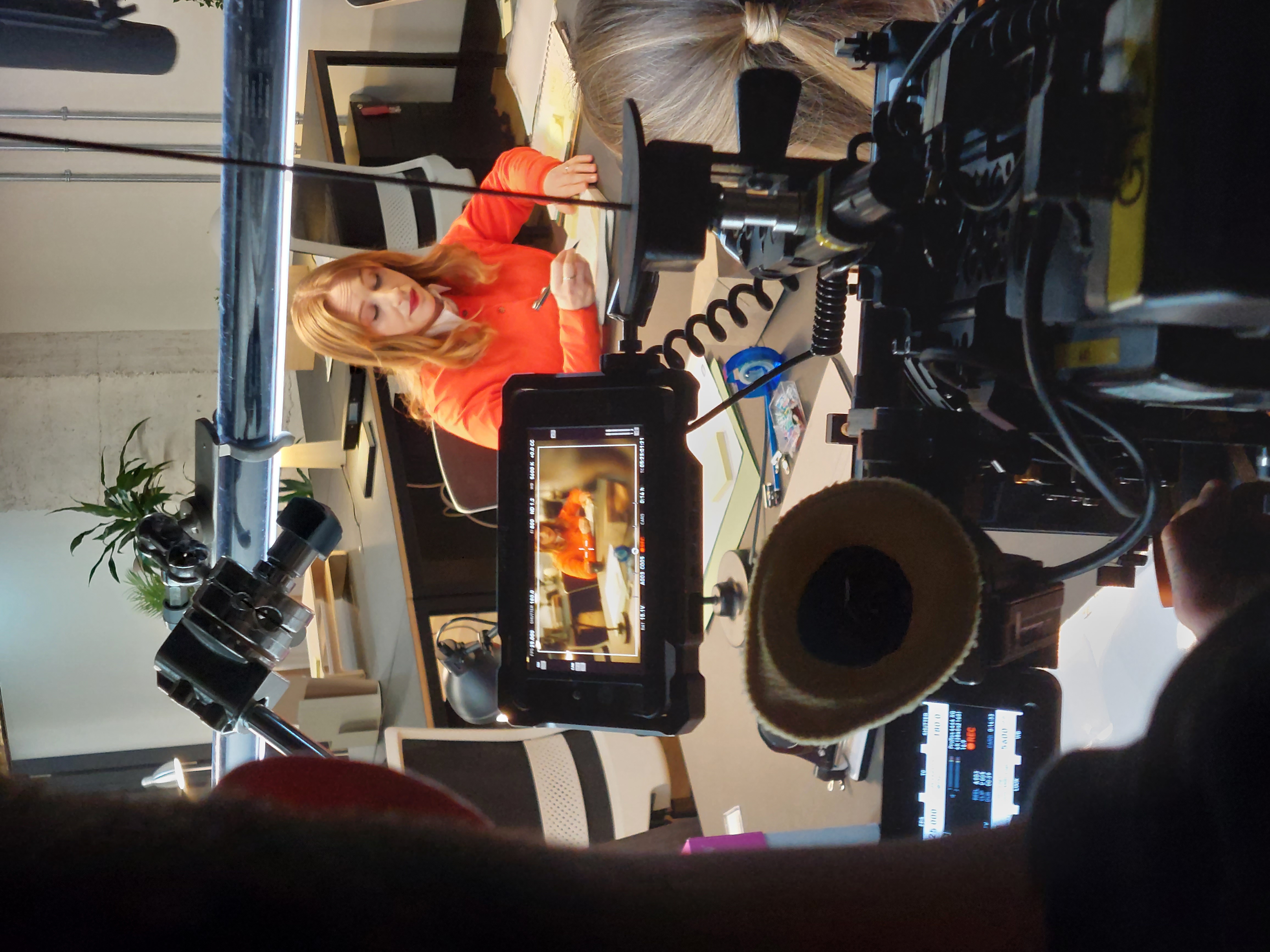
As you embark on your journey into the world of video production, familiarising yourself with these terms will give you a strong foundation to build upon. Remember that learning the language of video production is just the beginning—hands-on experience, creativity, and experimentation are the keys to mastering the art of visual storytelling. So, grab your camera, dive into the world of video production, and let your creativity shine!
Next steps!
With this info, why not organise a shoot with us and speak directly to your audience, and if you don’t have an audience, use video content to create one! Here’s your next steps below:






